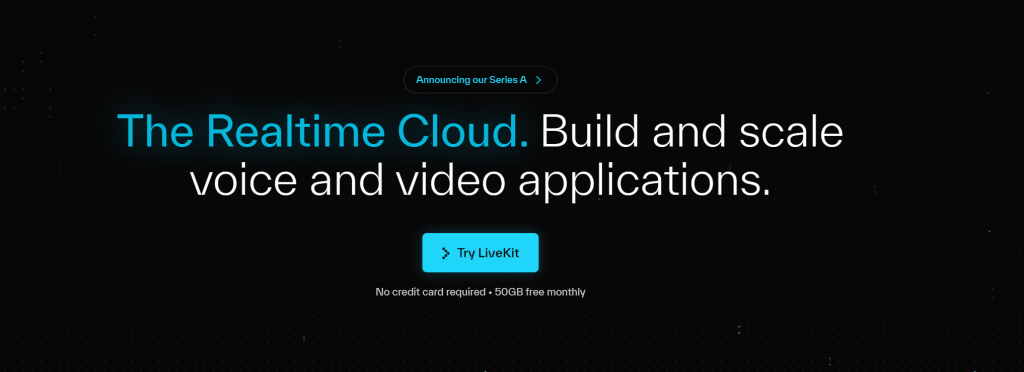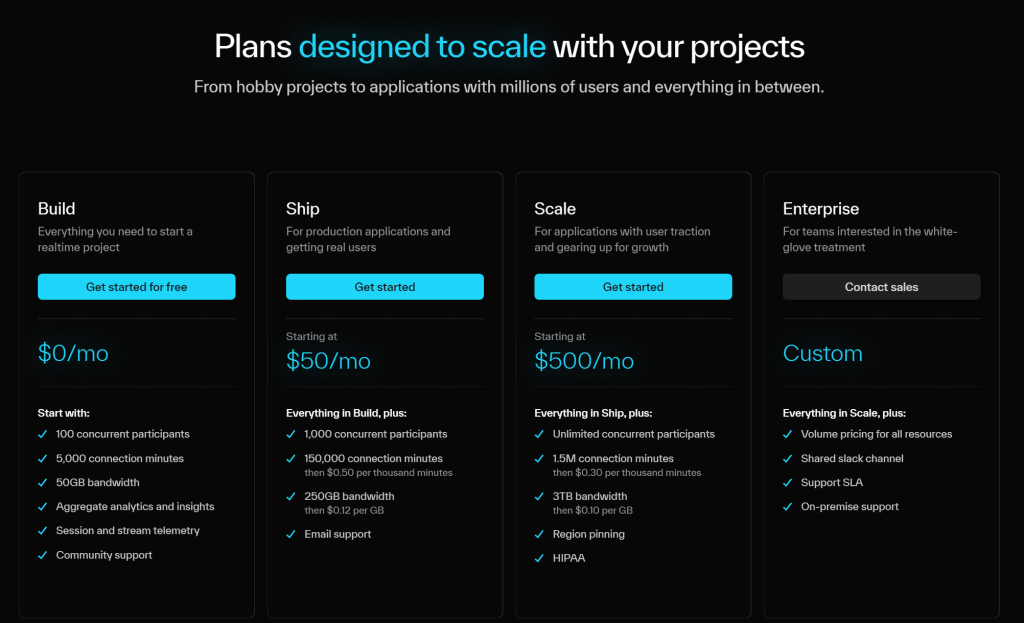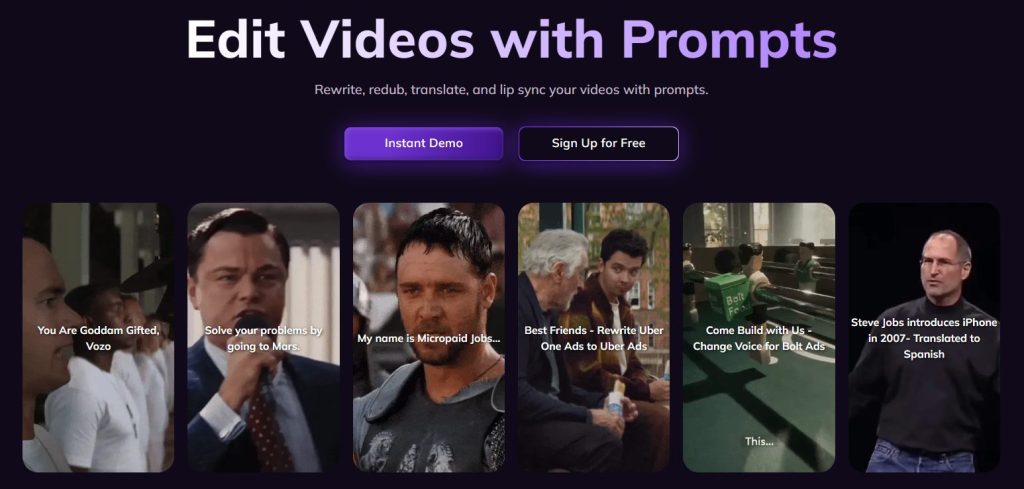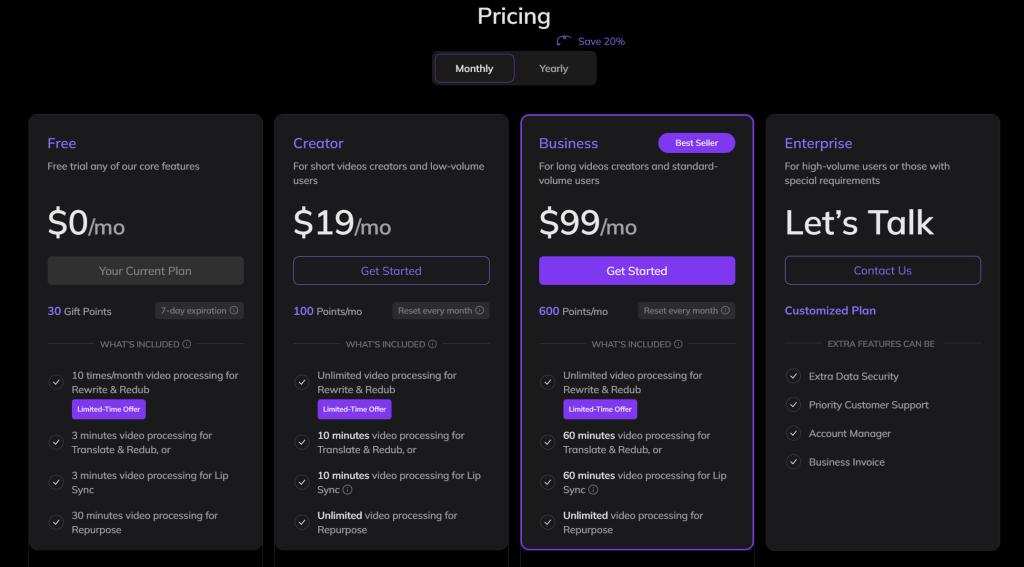by rainchu | 9 月 23, 2024 | SERVER
在 ubuntu linux 中預設是用 apache2 作為 http server,但現在比較多機會是用 nginx 或是自己建的 http server ,所以在這邊記錄下我的移除方法
移除指令
sudo apt-get remove --purge apache*
執行指令後,注意看一下有沒有可能會誤刪的,沒有的話,接下去執行
執行完畢後,apache2 就會被刪除,但內容以及設定檔都還會存在
移除相關設定和內容
設定預設是存放在 /etc/apache2 這個資料夾
內容預設是放在 /var/www 下,記得要檢查備份後,刪除
by rainchu | 9 月 23, 2024 | Docker, MIS
常常會在建立docker時候忘了填寫容器的名稱,以前只會砍掉重建,其實還是可以試試看 docker rename
建 docker 的時候給名稱
docker run --name [新容器名稱]
在原有的docker上面改名稱
docker rename [現有容器名稱或ID] [新容器名稱]
參考資料

by rainchu | 9 月 23, 2024 | AI, Chat
公開如何使用 OpenAI 配合 LiveKit 來實現會多國語言的小姐姐,可以即時回答您的問題,這個跟 Twilio 一樣的簡單和易用

取得 LiveKit key
利用 google 帳號登入 LiveKit Login 命名一個 project

並且到專案中的 settings -> KEYS ,取得 API KEY

程式碼
首先安裝相關依賴
pip install livekit-agents livekit-plugins-openai livekit-plugins-silero python-dotenv
設定環境變數
LIVEKIT_URL=""
LIVEKIT_API_KEY=""
LIVEKIT_API_SECRET=""
OPENAI_API_KEY=""
主要程式碼
import asyncio
from dotenv import load_dotenv
from livekit.agents import AutoSubscribe, JobContext,WorkerOptions, cli, llm
from livekit.agents.voice_assistant import VoiceAssistant
from livekit.plugins import openai, silero
load_dotenv()
async def entry(ctx: JobContext):
chat_ctx = llm.ChatContext().append(
role="system",
text=("你是專業的助理,回答時候用專業的語氣回應。")
)
await ctx.connect(auto_subscribe=AutoSubscribe.AUDIO_ONLY)
asssitant = VoiceAssistant(
vad=silero.VAD.load(),
stt=openai.STT(),
tts=openai.TTS(voice="nova"),
llm=openai.LLM(model="gpt-4o-mini"),
chat_ctx=chat_ctx
)
asssitant.start(ctx.room)
await asyncio.sleep(1)
await asssitant.say("你好,第一次見面,很高興認識你",allow_interruptions=True)
if __name__ == "__main__":
cli.run_app(WorkerOptions(entrypoint_fnc=entry))測試與驗證
道專案中,可以看到 Get started 中有支援各種的平台的程式碼以及 server 可以使用

價格說明
https://livekit.io/pricing

參考資料
https://livekit.io
https://github.com/livekit/agents
demo code

by rainchu | 9 月 23, 2024 | AI, 人臉辨識, 圖型處理, 影片製作
用有多張臉,即時更換人臉的開源軟體,而且有綠色直接使用版本,已經幫忙把環境都打包好了,給懶人使用,支援windows、MAC、GPU

必要條件
Git 原始碼
https://github.com/hacksider/Deep-Live-Cam.git
下載模型
- GFPGANv1.4
- inswapper_128.onnx (Note: Use this replacement version if an issue occurs on your computer)
並且將這兩個檔案放在 models 的目錄下
安裝相關依賴
pip install -r requirements.txt
參考資料
https://github.com/hacksider/Deep-Live-Cam

by rainchu | 9 月 23, 2024 | AI, 影片製作
行銷人真的有越來越酷的各種AI工具,尤其在影片製作的方面,是百花齊放,各式各樣的應用一直冒出來,這個 VOZO AI 工具很適合做一些社交膜體上詪片

Rewrite 重寫功能
只要選定影片,就可以重新改變該影片的對白
Redub 重上字幕
可以快速叫出影片中的字幕,更改成自己的劇本,讓選定的影片按照你的劇本再上一次字幕,並且有翻譯功能
Repurpose 影片作成短影音
可以快速幫你把自己的影片或是youtube中的影片,快速剪輯一個短影音版本,可惜現在還是要以英文為主
支援多人口型同步
影片中有多人的話,可以支援多人的口型同步,這功能很新也很實用
自動多國語言翻譯
內建翻譯多國語言功能
價格參考
https://www.vozo.ai/pricing

參考資料
VOZO AI








近期留言